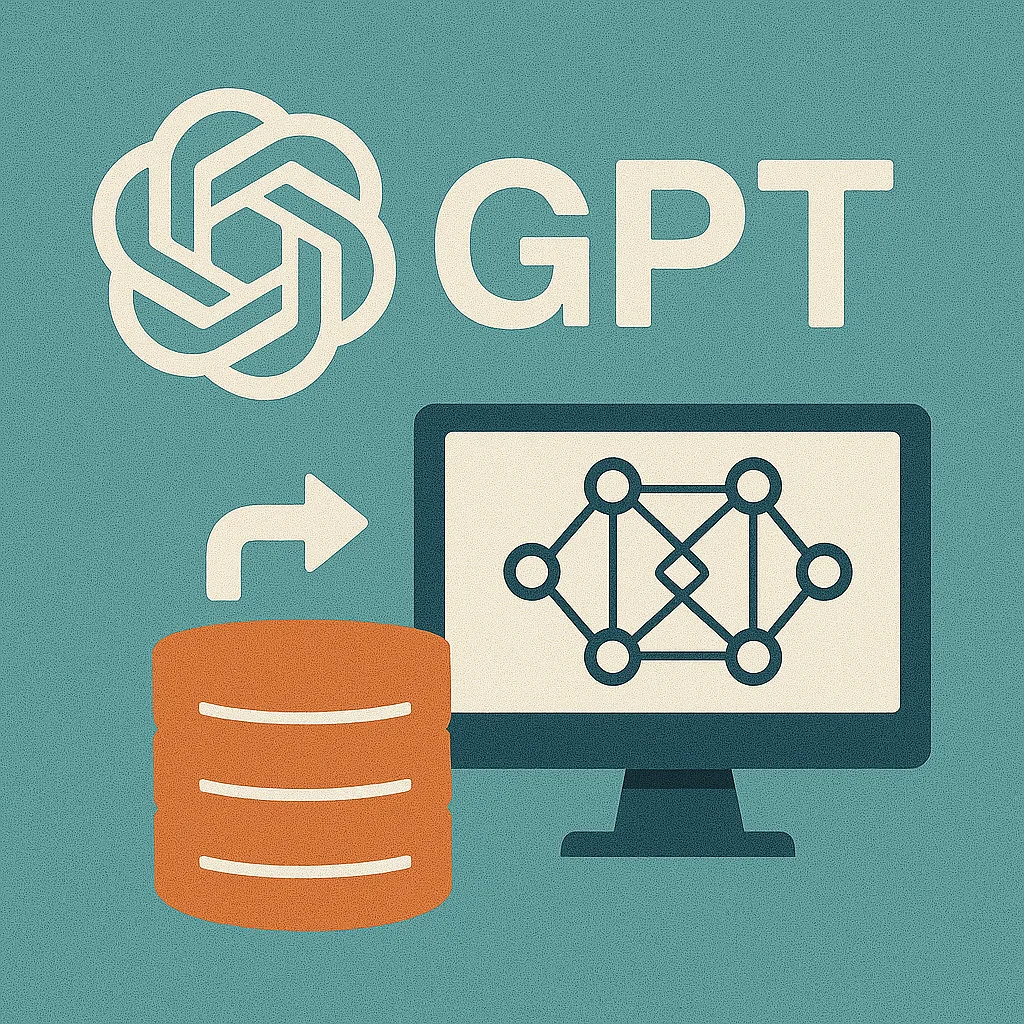Fine-tuning ChatGPT with proprietary data can dramatically improve accuracy, tone, and context in enterprise applications. Instead of relying on generic responses, a well-tuned model delivers tailored outputs that reflect internal processes, vocabulary, and workflows.
But success depends on strategic planning, secure execution, and maintaining alignment with OpenAI’s model constraints. Here’s how to approach fine-tuning effectively:
1. Understand When Fine-Tuning Is Necessary
Before starting, ask:
- Are retrieval-based techniques (RAG) sufficient for your needs?
- Would prompt engineering or embeddings handle context better?
- Do you need model behavior changes beyond just knowledge retrieval?
Ideal fine-tuning use cases:
- Domain-specific communication (e.g., legal, medical, industrial)
- Predictable document formatting or procedural replies
- Repetitive internal task automation
2. Prepare Your Dataset Carefully
Data quality is the cornerstone of effective fine-tuning. Key principles:
Format:
- OpenAI expects JSONL format:
{“messages”:[{“role”:”user”,”content”:”How do I reset my password?”}, {“role”:”assistant”,”content”:”To reset your password, visit…”}]}
Best practices:
- Remove typos, incomplete records, or irrelevant info
- Include diverse, representative interactions
- Maintain proper role formatting (user/assistant)
- Align tone and formality with business needs
Size tip: Start with 100–500 examples and expand as needed.
3. Maintain Security and Data Compliance
- Anonymize or redact all PII and sensitive data
- Store and process training files securely
- Ensure your fine-tuned model does not expose internal IP or customer data
- Align with data governance frameworks (e.g., ISO 27001, GDPR)
Use private storage or encrypted channels when uploading training sets to OpenAI.
4. Choose the Right Base Model
For fine-tuning:
- GPT-3.5 Turbo is currently available for custom training and more cost-effective
- GPT-4 (as of now) does not support user-level fine-tuning
Select a model that aligns with token budget, context window, and latency requirements.
5. Use Incremental and Iterative Training
- Start small, test frequently
- Fine-tune in stages, not in one large batch
- Evaluate each round for overfitting or hallucinations
- Maintain a feedback loop with real users for continuous improvement
OpenAI allows model version control—store checkpoints at each iteration.
6. Test with Real Scenarios
Create a test suite with:
- Edge cases and adversarial prompts
- Tone/format fidelity checks
- Cross-departmental queries
- Performance benchmarking (accuracy, latency, consistency)
Validate your fine-tuned model on multiple personas and workloads.
7. Deploy and Monitor Securely
- Integrate via API with your backend or helpdesk platforms
- Apply RBAC to control usage
- Log inputs/outputs (scrub sensitive info) to monitor performance
- Track token usage and failure rates for continuous tuning
Tip: Use embedding-based fallback if fine-tuned model confidence drops.
8. Maintain and Update Regularly
- Review training data quarterly
- Re-tune after major policy, product, or process changes
- Monitor for drift in responses or off-brand behavior
- Archive all training iterations for compliance
Final Thoughts
Fine-tuning ChatGPT with proprietary data offers unparalleled alignment with enterprise needs. But it requires diligence in data handling, testing, and deployment. Done right, it can transform productivity, support, and automation across your organization.


